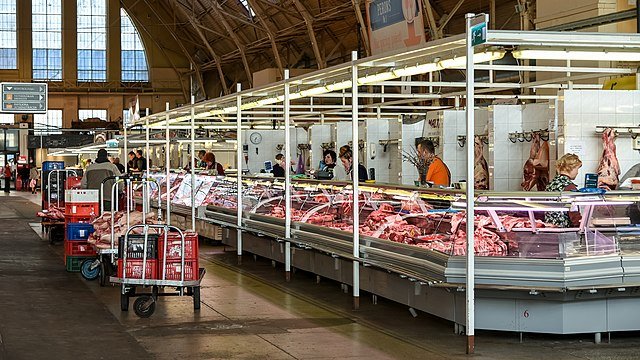A German official says authorities have now linked more than 2,000 coronavirus infections to an outbreak at a slaughterhouse last month that led to a partial lockdown in two western counties.
Regional authorities restored some coronavirus restrictions in the Guetersloh and Warendorf areas in late June after more than 1,400 people at the Toennies slaughterhouse in Rheda-Wiedenbrueck tested positive for the virus.
North Rhine-Westphalia state’s health minister, Karl-Josef Laumann, said that authorities now link 2,119 cases to the Toennies outbreak. He said a link is possible in another 67 cases.
The partial lockdown has since been lifted and the slaughterhouse reopened, with improved hygiene precautions.
Coronavirus outbreaks have also affected meatpacking plants in other countries, including in the United States. The United Food and Commercial Workers union said recently that at least 44 slaughterhouse workers in the U.S. have died from the virus and another 3,000 have tested positive.
Germany’s daily reported number of infections rose back above 500 for the first time in a week Thursday. While the figure didn’t yet include the cases from Guetersloh, it did capture about 100 infections reported from an apartment building in the central German city of Goettingen.
Germany has recorded almost 190,000 cases of COVID-19 and 8,868 deaths since the outbreak began, according to a tally by Johns Hopkins University.
Experts say meat processing plants are ripe for the virus to spread, as they’re often cold, damp, and keep employees in close contact. But much of the transmission of the virus may occur away from work: where employees live and share meals.
“It’s very important to realise that workers in these plants – and this is unpopular work – are often migrant workers, foreign workers who will live in dormitories. And they live and travel very closely together,” Professor James Wood, the head of Cambridge University’s Veterinary School, told Euronews recently.
“So transmission, where clusters occur, maybe occurring both in the home environment from travelling to work, as well as actually in the workplace itself.”






